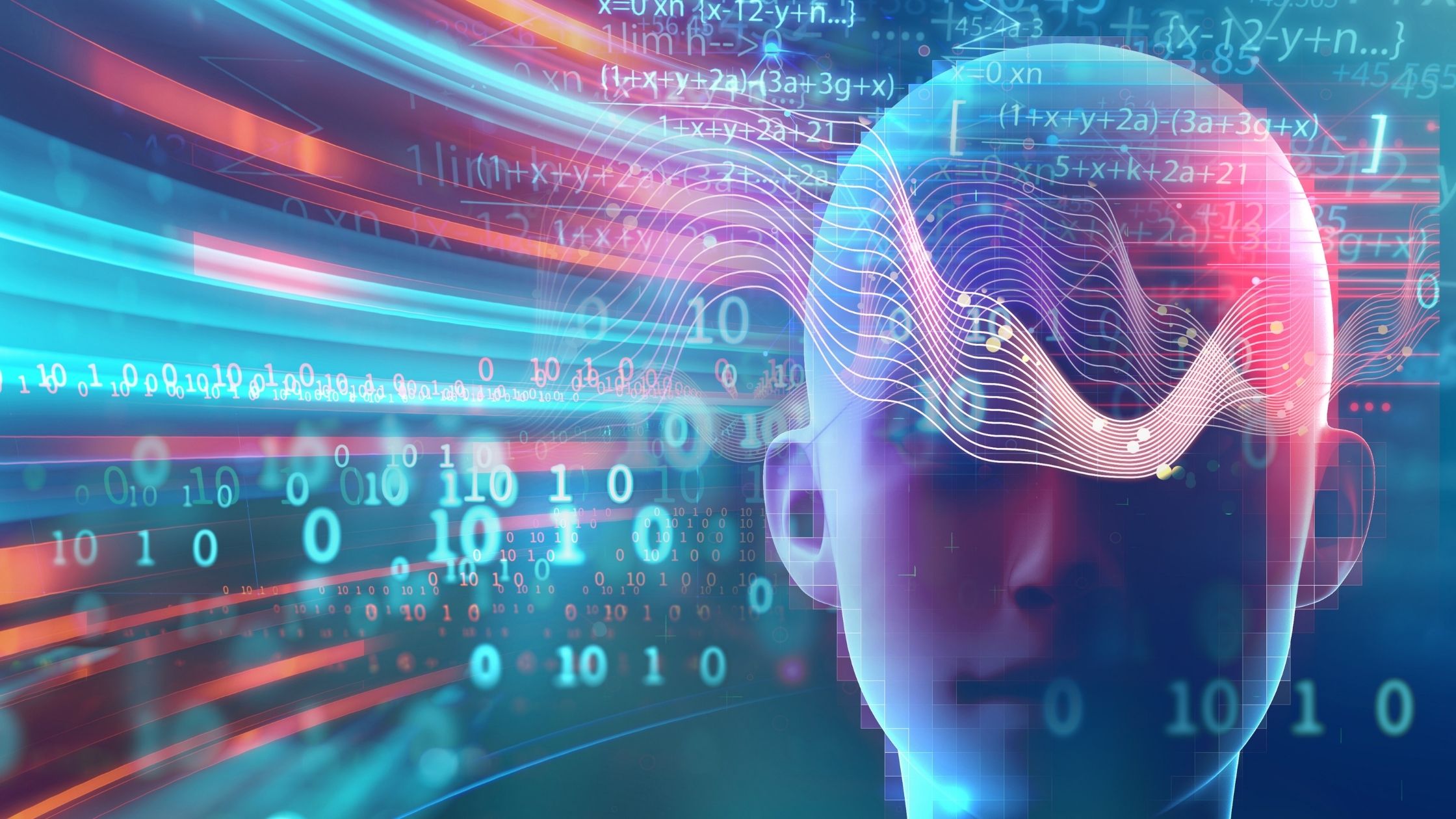Artificial intelligence immediately translates to the conceptualization and construction of computers that can think and thus are capable of accomplishing tasks independently, demonstrating intelligence. It is impossible to say if technological progress is a boon or a curse for humanity and our environment. In this blog, you will learn about the benefits and drawbacks of artificial intelligence and how it will affect our future.
John McCarthy coined the term “artificial intelligence” in 1956. He described artificial intelligence as “the science and engineering of creating intelligent robots.” Artificial intelligence is also defined as the creation of computer systems capable of executing activities that need human intelligence, such as decision making, object detection, sophisticated issue solving, and so on. Let us now examine the various stages or forms of learning in Artificial Intelligence.
AI is classified into two types: Artificial Narrow Intelligence and Artificial Super Intelligence. To be more specific, Artificial Intelligence is divided into three levels.
- Artificial Intelligence Learning Models
- Narrow Artificial Intelligence
- General Intelligence in Artificial Intelligence
- AI (Artificial Intelligence)
These are the three stages through which AI can progress, rather than the three forms of AI.
Narrow Artificial Intelligence (ANI)
ANI, also known as Weak AI, is a stage of Artificial Intelligence in which robots can only perform a tightly specified set of specific activities. At this point, the machine has no thinking ability and just performs a set of pre-defined functions. Weak AI examples include Siri, Alexa, self-driving cars, Alpha-Go, Sophia the humanoid, and others. Almost all AI-based systems produced to date fall into the Weak AI category.
General Intelligence in Artificial Intelligence (AGI)
AGI, also known as Strong AI, is the stage in the evolution of Artificial Intelligence at which robots will be able to reason and make decisions in the same way that humans do.
AI (Artificial Intelligence) (ASI)
Artificial Super Intelligence is the level of Artificial Intelligence at which computers’ capabilities will transcend those of humans. ASI is currently a fictitious scenario depicted in films and science fiction books in which machines have taken over the world.
AI for Reactive Machines
This category of AI includes machines that function exclusively on current data, taking just the current situation into account. Reactive AI robots are unable to draw conclusions from data in order to plan their future activities. They can only accomplish a limited set of pre-defined activities.
AI with Limited Memory
As the name implies, Limited Memory AI can make more informed and better decisions by examining past data from its memory. Such an AI has a transitory or short-lived memory that can be utilized to record prior events and so evaluate future behaviours. Self-driving automobiles are examples of Limited Memory AI, which makes decisions based on data obtained in the recent past.
Self-driving cars, for example, employ sensors to detect pedestrians crossing the road, hilly roads, traffic signals, and so on in order to make smarter driving decisions. This aids in the prevention of future accidents.
AI Theory Of Mind
Theory of Mind AI is a more advanced form of Artificial Intelligence. This type of machine is thought to play a significant influence in psychology. This sort of AI will primarily focus on emotional intelligence in order to better understand human beliefs and thoughts. Although the Theory of Mind AI has not yet been fully established, a significant study is being conducted in this area.
AI that is Self-Aware
Let us just hope we don’t get to the point when machines have their own awareness and become self-aware. Given the current state of affairs, this form of AI seems a little far-fetched. However, attaining a level of superintelligence may be conceivable in the future.

Leave a Reply